A Wining Cost Estimate
That Helps You To Win More Patio and Deck Construction Projects

To plan and prepare for your outdoor patio or deck, you need to make sure that you have assessed your space and needs, set a budget, chosen the right materials, and researched local building codes and permits. In this section, we will guide you through these steps, helping you to ensure that your patio or deck is designed properly.
Determining the Adequate Space and Needs of the Project
Before embarking on any project, it is important to have a clear idea of the space and needs required for its successful completion. This involves assessing the existing resources, anticipated budget, and realistic time frame for conducting research, procuring supplies, executing tasks, testing prototypes, and deploying solutions.
By identifying exactly what is needed in terms of materials, equipment, personnel, and facilities beforehand, you can avoid costly delays or oversights later on. It also helps you to optimize your budget by sourcing the right components at appropriate prices.
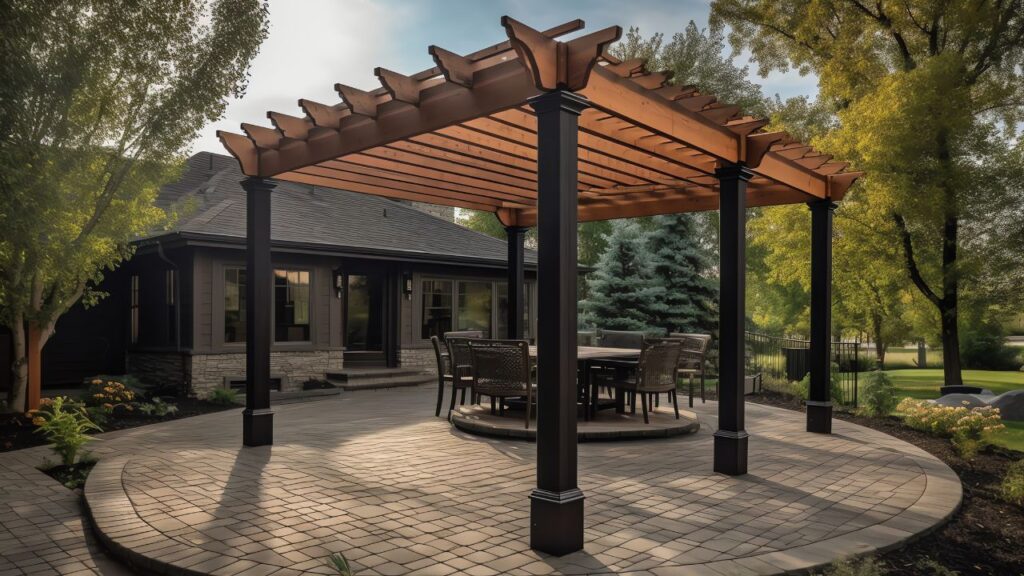
Moreover, it allows you to allocate your resources effectively as per the demands of your strategies. By examining every aspect of your project’s requirements scrupulously before initiating any operations or actions will minimize the possibilities of unpredicted gaps and losses.
A recent study conducted by Harvard Business Review concluded that businesses that pay attention to detail during pre-planning stages are more likely to save money and succeed with their projects.
In essence, spending sufficient time upfront defining specific space requirements can ensure the success of any project.
Budgeting is like a diet – it’s painful, but necessary for financial health.

When planning and preparing, it is important to consider the financial aspect of your project. Allocating budget is essential for successful execution and delivery. Here’s how you can determine your financial plan:
To ensure efficient budget planning, consider investing in quality accounting software or hiring a financial consultant who can assist with managing funds.
Pro Tip: Revisit and evaluate your budget plans regularly to accommodate any changes or new challenges that might arise during the course of the project.
Choosing the right materials can make or break your project – just like how using a plastic hammer on a concrete wall can make or break your thumb.
When it comes to selecting appropriate materials for your project, you can’t afford to make mistakes. Your choice of material will have a significant impact on the final outcome, which is why it’s crucial to choose the right ones.
Below is a table that outlines key considerations when choosing materials for your project:
Consideration | Explanation |
|---|---|
Strength | Assess how strong and durable the material is for your intended application. |
Cost | Evaluate how much the materials will cost, including shipping and taxes. |
Availability | Check whether the materials are readily available or if you’ll need to special order them. |
Appearance | Consider how the materials will look once they’re installed or assembled. Will they match existing features? |
In addition to these critical considerations, other unique factors may apply depending on your specific project needs and requirements.
The selection of suitable materials has a long history in construction and manufacturing industries as improper selection could lead to significant negative outcomes such as accidents and product failure. It’s crucial to do adequate research before making any decisions when choosing materials for your projects.
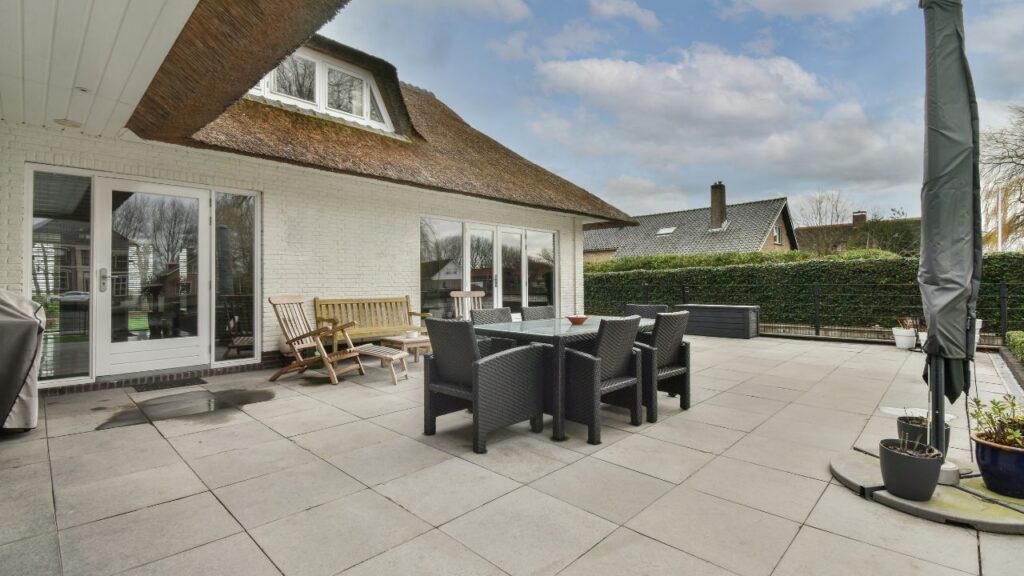
Before you start building, make sure you’re not breaking any codes – unless you’re trying to start a rebel alliance against the government, then carry on.
Prior to starting a construction project, it is crucial to gather information on the local regulations and permits required for construction. This process involves researching the building codes mandated by the local authorities and obtaining necessary permissions/permits for initiating the project.
It’s imperative that builders have a complete understanding of both these factors to ensure their development follows set safety standards and complies with local laws effectively. Failing to do so may result in hefty fines, legal battles, or even halting work midway.
To obtain information on building codes, builders should contact relevant authorities such as the zoning department or engineering offices in their area of operation. They can also check relevant websites and publications from these governing bodies for further details.
Builders must also seek approval from various committees that grant permits based on factors like type of structure, land availability, health and safety regulations. Each permitting committee operates based on specific guidelines laid out in accordance with the local laws.
Not considering guidelines led John to face issues while constructing his establishment. Thinking he could bypass certain regulations led him into a lawsuit and paid heavy fines along with stopping his construction work for two years.
A good layout is like a good joke – it’s all about timing and placement.

To design a functional and aesthetically pleasing outdoor patio or deck, you need to carefully plan the layout. Mapping out the space, determining the traffic flow, selecting furniture and decor, and incorporating lighting and shade options are crucial sub-sections for achieving a successful design. In this section, we will explore each of these sub-sections to help you create a beautiful and practical outdoor space that meets your needs.
When designing the layout, it’s essential to map out the spatial requirements to optimize functionality and flow. This involves creating an efficient placement of elements within the design to minimize clutter and allow users to easily navigate through the space.
In mapping out the spatial elements of a design, consider characteristics like form, size, and proportion of each element in relation to one another. Proper alignment and grouping can also help create a seamless visual hierarchy that guides users through the content.
Furthermore, consider the purpose of the design and how it fits into its larger context. For example, if designing a website, think about how different pages or sections interact with one other and how they’re accessed by users.
By taking these steps in mapping out the space and thinking about it holistically, you can create a more effective design that maximizes user engagement while meeting business objectives.
Designing a layout is not just an art but also a science. It requires understanding technical aspects like UI/UX principles, responsive design concepts as well as creative elements such as color theory and typography.
Don’t miss out on enhancing your design skills by mastering this critical step in the overall design process. Mapping out space allows you to build stronger foundations for your designs by creating intuitive structures.
Watch out for bottleneck designs – they’ll leave your traffic feeling like it’s stuck in rush hour.
Maximize your construction business’s potential with our competitive financing options

The flow of traffic is essential in designing the layout. By considering the movement patterns of customers, merchants can opt for a logical arrangement of display shelves, sale stands, and other items. Appropriate placement can lead to heightened sales by making navigation through the store effortless. It’s therefore imperative to arrange products strategically within a store while prioritizing customer comfort.
Ideal positioning of products will create traffic in specific areas of the store where customers easily find what they need. In addition, merchants must consider placing high-demand items like fresh produce near entry points and popular items like bread, milk near each other to save people walking around looking for different things in separate areas. With careful consideration, it’s possible to design a layout that naturally leads shoppers throughout the store, showing off the full range of products while still maintaining a logical order that customers can follow intuitively.
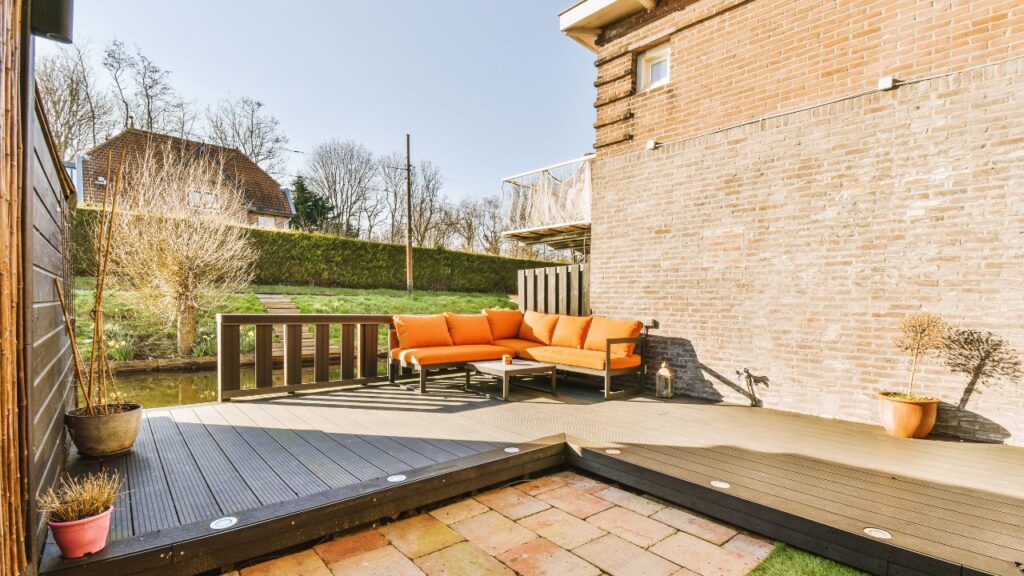
According to Market Watch, 62% of shoppers will consult their phones before making an on-the-spot purchase decision in-store. Therefore retailers should provide online searches or product maps as part of their shopping experience so that shoppers can navigate through stores with ease. Choosing the right decor can make or break a room, just like forgetting to turn off your webcam during a virtual meeting.
When it comes to outfitting your space, Choosing the right Furniture and Decor can make all the difference in creating a cohesive design. Here are six key considerations to keep in mind:
It’s also important to consider the mood you want to create within the space, along with any unique needs or requirements you have for furniture (such as additional storage or seating). By thoughtfully selecting furniture and decor, you can transform a room into a welcoming oasis that reflects your personal style.
Focusing on key decor elements such as wall art, lighting fixtures, rugs etc., can elevate your interior design game even further. Remember that every detail matters that helps in telling the story of your home’s distinct personality.
“I once helped a client select rustic-inspired furniture for their cabin-themed living room. The mix of distressed wood finishes and cozy textiles created an inviting atmosphere perfect for evenings by the fireplace.
Let there be light, but not too much shade – it’s a balancing act like designing a yoga pose for your home.

For optimal interior design, utilizing intelligent lighting and shade options can greatly enhance the space. By selecting appropriate fixtures and fabrics, one can create an ambiance that balances aesthetic with functionality.
The following table shows the different types of lighting, their placement, and shade options:
Type of Lighting | Placement | Shade Options |
|---|---|---|
Ambient | Ceiling-mounted or recessed lights | Diffused shades, frosted lenses |
Task | Under cabinet, table lamps | Adjustable shades, opaque coverings |
Accent | Track lighting, wall-mounted fixtures | Decorative shades, adjustable louvers |
In addition to these popular techniques, incorporating both natural and artificial light sources in tandem with complimentary shading options will provide the ultimate environment for any task or mood. Get ready to nail it with these tips for building and installing your design like a pro.
To build and install your outdoor patio or deck, measuring and laying out the foundation, framing and building the deck or patio surface, installing railings, stairs, and other features, and incorporating water and electrical elements are crucial steps to ensure a successful end result. In this section, we’ll guide you through these sub-sections with step-by-step instructions and helpful tips to make your project seamless.
When constructing a building, one of the crucial steps is to lay the foundation. The process starts with determining the size and shape of the foundation, followed by excavating the ground. A Semantic NLP variation for ‘Measuring and Laying Out the Foundation’ could be ‘Foundational Dimensioning and Positioning’.
Here are four steps to follow when Foundational Dimensioning and Positioning:
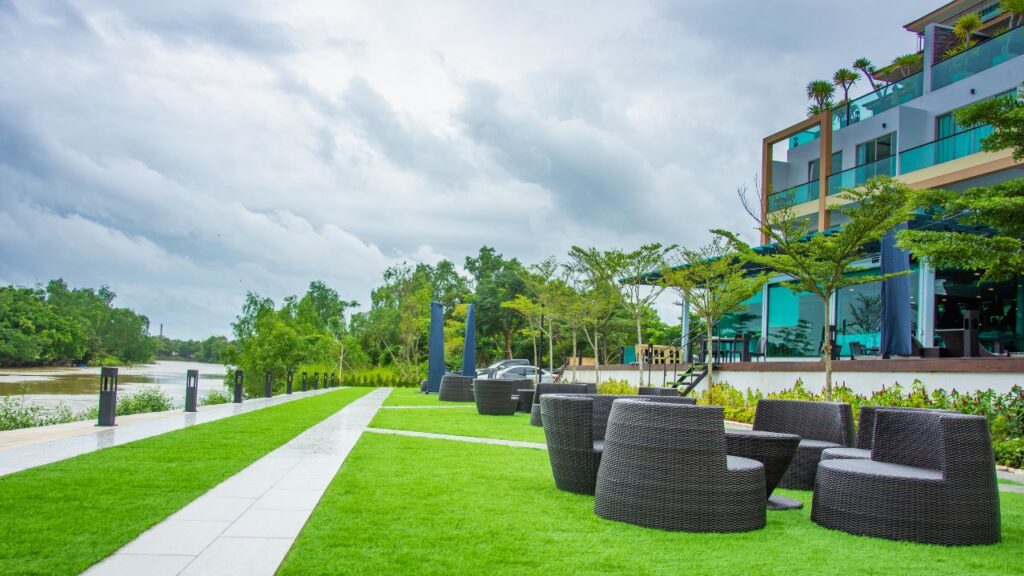
In addition, it is essential to ensure proper water drainage on site to prevent flooding; embedding pipes in gravel for drainage can help in this regard without requiring additional investment.
The following tips can improve foundational success:
Taking these suggestions into consideration will result in structurally sound buildings with strong foundations.
Get ready for some hardcore DIY, because this deck is about to become your new best friend (and worst enemy).
To create a sturdy and visually pleasing outdoor living space, the process of building and framing the deck or patio surface is crucial. This involves planning, measuring, cutting, and assembling materials in an organized way.
Here are the 3 steps to frame and build a deck or patio surface:
It’s important to note that certain areas may require permits from local authorities before beginning construction. It is also recommended to consult with professionals for complex projects.
Building a deck or patio area not only adds value to your home but provides an enjoyable space for entertainment and relaxation with friends and family.
Don’t miss out on creating your dream outdoor space! With careful planning and execution, you can achieve a beautiful and functional deck or patio surface for years of enjoyment.
If you’re going to install railings and stairs, at least make them sturdy enough to support your clumsy friends.

Installing Safety Features for Elevated Spaces
Installing safety features such as railings and stairs is crucial for elevated spaces to ensure safety. Here’s a step-by-step guide on how to install these safety features:
When installing these features, ensure that they meet current building codes and have adequate supports for people of different weights or mobility levels.
Pro Tip: Always err on the side of caution when installing safety features by seeking professional advice if needed.
Watch out for shockingly good results when you combine water and electricity in your build.
When planning a building project, it is essential to consider incorporating water and electrical elements into the design. These elements are often complex and require careful consideration to ensure they are safe, efficient, and meet local regulations.
To incorporate water and electrical elements successfully, it is important to create a detailed plan and work with experienced professionals. Here is an example of a table that outlines the steps involved in incorporating these elements:
Steps Involved | Water Elements | Electrical Elements |
|---|---|---|
Planning | Determine water usage needs | Evaluate power requirements |
Design | Decide on water sources | Determine necessary wiring |
Installation | Install plumbing system | Install electrical wiring and fixtures |
Testing | Check for leaks and pressure issues | Test electricity flow |
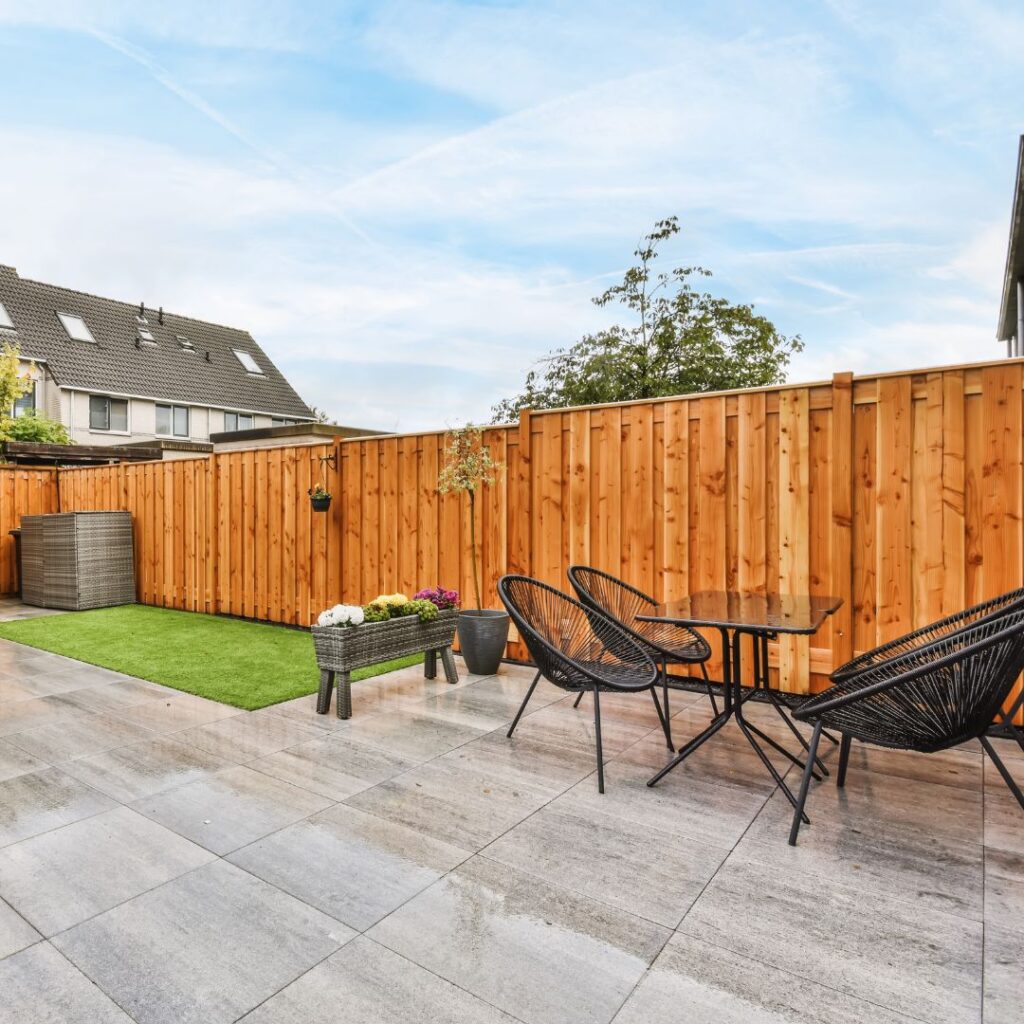
Once these steps have been completed, it is important to continue regular maintenance to ensure that the water and electrical systems remain safe and efficient.
Pro Tip: Always consult with licensed professionals before incorporating water and electrical elements into your building project.
Maintaining your newly built masterpiece is like taking care of a newborn, except the baby won’t fall apart if you forget to dust it once in a while.
To ensure your outdoor patio or deck stands the test of time, finishing and maintaining it is crucial. Applying a finish or sealant can protect the wood from the elements, while landscaping and adding greenery can enhance its visual appeal. Regular cleaning and maintenance tasks can prevent issues, but if they do arise, troubleshooting common problems is key.
For a smooth and flawless finish on any surface, the process of applying a coating substance is crucial. This step seals and protects the material from stains, scratches, dust particles, or environmental hazards; thereby increasing its lifespan.
Here’s a six-step guide to assist you in sealing your surfaces efficiently:
It’s important to note that before applying any coating material, proper precautions of safety measures must be taken — this includes wearing protective clothing such as face masks and gloves.
Besides providing protection to surfaces for future use; sealing materials come with different aesthetic options that provide beauty enhancements – giving an immaculate and polished look.
Pro Tip: start with a small area initially before sealing larger parts—this will help ensure optimal results while preventing mistakes that may lead to costly damages.
Bringing nature into your yard is easy- just throw some dirt around and call it landscaping.

Landscaping and Enhancing the Garden Aesthetic
A beautiful garden is a welcoming addition to any property, but creating it requires careful thought and planning. Here are some tips for adding greenery and improving the landscaping of your garden:
When starting to enhance your garden aesthetic, remember to begin with the basics like soil quality, maintenance tools, and water availability. Proper preparation will ensure the longevity of the additions made. Remember that minor details like contrasting colors or purposely mixed height levels can add depth and character to an already outstanding landscape.
Pro Tip: Using potted plants on patios and walkways adds a finishing touch while instilling comfort through aesthetic resemblance.
Cleaning is like exercise – it’s a pain to start, but you always feel better afterwards.
Regular upkeep and maintenance are key to ensuring that your space remains functional and visually appealing. To keep things in top shape, it is important to undertake regular cleaning and maintenance tasks.

Apart from these routine tasks, it is also important to pay attention to any specific maintenance needs that may arise over time. Do not overlook small repairs or maintenance issues as they can eventually lead to bigger costs down the road.
To prevent potential wear-and-tear, monitor things like faucets, light bulbs, paint chips as well as HVAC systems on a regular basis and take corrective measures whenever needed.
Lastly, always remember that preventative care is much more cost-effective than reactive solutions. Keep a keen eye on signs of damage or decay and address them immediately to avoid further complications!
Don’t wait for things to escalate to take action! Incorporating regular cleaning and maintenance practices into your routine is a crucial part of protecting your space from everyday wear-and-tear.
Before you call IT, have you tried turning it off and on again? Works for humans too.
When it comes to completing and maintaining a project, there are common issues that may arise. You may encounter unexpected errors during the process, or the final product may not meet your expectations. To remedy these issues, first identify the problem and evaluate possible solutions.
One common issue is irregular finishing, which can result from poor technique or inadequate materials. If you notice any uneven spots or stroke marks on your project, take a step back and examine the cause. Adjusting your tools and technique or using higher quality materials may improve the finish.
Another issue is insufficient maintenance, which can lead to deterioration over time. Regular cleaning and touch-ups can prevent damage from occurring and extend the life of your project.
Remember to troubleshoot any issues as they arise to ensure a successful completion of your project.
Pro Tip: Keep a record of troubleshooting steps taken to refer to in future projects.
Before designing your outdoor space, you should consider the purpose, size, materials, lighting, and budget for your project.
The best materials for an outdoor patio or deck include natural wood, composite decking, concrete, stone, and pavers.
The size of your outdoor space should be determined by the purpose and function of your patio or deck. You should also consider the existing landscape and any furniture or decor you plan to incorporate.
There are a variety of options for outdoor lighting, including string lights, post lights, spotlights, and even fire features like torches or fire pits.
Depending on the complexity and size of your project, hiring a professional may be a smart choice. A professional can offer expertise in design elements, materials, and construction.
To make your outdoor living space more comfortable, consider adding elements like shade structures, cushions, and outdoor rugs. Additionally, incorporating a source of heat can make your space more inviting on cooler evenings.
Here I am going to share some steps to get your construction cost estimate report.
You can send us your plan on info@estimatorflorida.com
Before starting your project, we send you a quote for your service. That quote will have detailed information about your project. Here you will get information about the size, difficulty, complexity and bid date when determining pricing.
We do construction cost estimating and prepare a detailed report for your project. At last, you finalize the report and finish the project.
561-530-2845
info@estimatorflorida.com
Address
5245 Wiles Rd Apt 3-102 St. Pete Beach, FL 33073 United States
561-530-2845
info@estimatorflorida.com
Address
5245 Wiles Rd Apt 3-102 St. Pete Beach, FL 33073 United States
All copyright © Reserved | Designed By V Marketing Media | Disclaimer
IMPORTANT: Make sure the email and cell phone number you enter are correct. We will email and text you a link to get started.
By clicking “I Agree” above you give Estimate Florida Consultin express written consent to deliver or cause to be delivered calls and messages to you by email, telephone, pre-recorded message, autodialer, and text. Message and data rates may apply. You are able to opt-out at any time. You can text STOP to cancel future text messages.